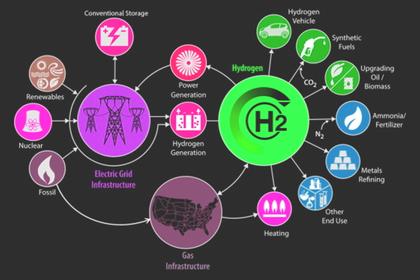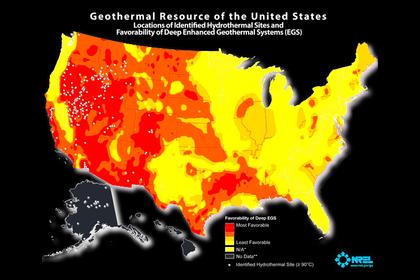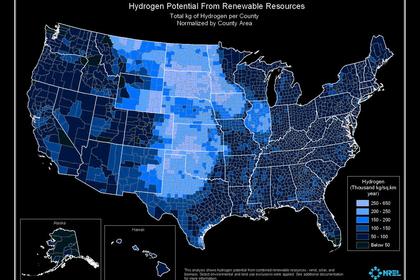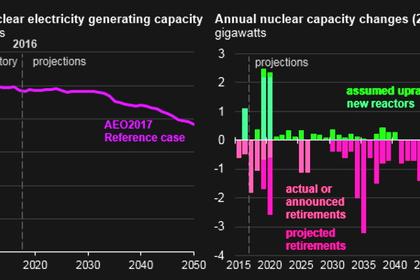
U.S. NUCLEAR POWER CLIMATE RISKS
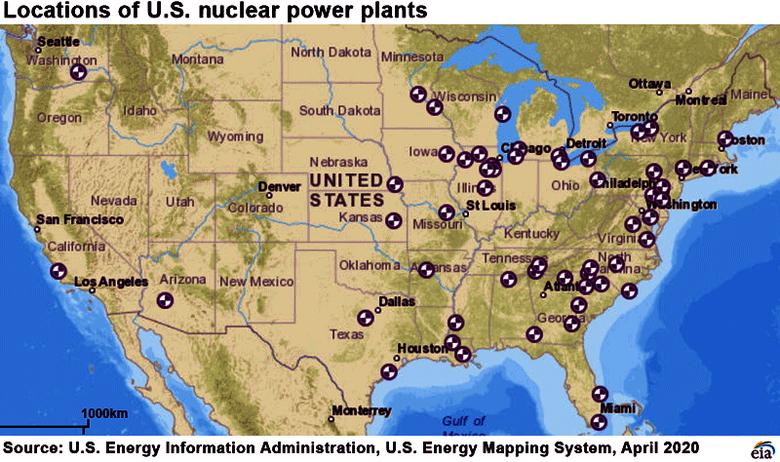
PLATTS - Dozens of US nuclear power plants, comprising nearly half the country's operational nuclear generating capacity, "will face growing credit risks" in the next 10 to 20 years due to flooding, hurricanes, heat stress and other predicted impacts of climate change, Moody's Investors Service said in a report Aug. 18.
"The consequences of climate change can affect every aspect of nuclear plant operations – from fuel handling and power and steam generation to maintenance, safety systems and waste processing," the report said, noting that "the severity of these risks will vary by region, with the ultimate credit impact depending on the ability of plant operators to invest in mitigating measures to manage these risks."
Moody's did not specify mitigation measures that are being, or should be, taken.
Water cooling needs expose plants to the risk of flooding, sea-level rise and hurricanes, and "about 37 gigawatts (GW) of US nuclear capacity [have] elevated exposure to flood risk," Moody's said.
Also, the report noted, "rising heat and water stress can have an adverse impact on plant operations," with "about 48 GW of nuclear capacity [having] elevated exposure to combined rising heat and water stress."
"Regulated or cost-based nuclear plants," comprising about 55 GW of capacity in the US, "face elevated heat and water stress across most locations, with moderate to high risk of floods, hurricanes, and sea level rise for certain coastal plants," Moody's said. However, it added: "The credit impact of these climate risks is likely to be more modest for operators of these nuclear plants, relative to market-based plants, because they have the ability to recoup costs through rate recovery mechanisms."
By contrast, "market-based plants," with a total of about 44 GW of capacity, "face elevated heat stress and more water stress than regulated/cost-based plants, with fewer plants at risk of floods and hurricanes," it said.
The highest risk, or "red flag," category includes plants that are "highly exposed to historical and/or projected risks, indicating high potential for negative impacts," Moody's said.
According to the report, five plants with a combined capacity of about 9.1 GW are in the red flag category for floods. Some 13 plants with a combined capacity of about 23.8 GW were found to be at red-flag risk for heat stress. The categories of hurricanes, sea level rise and water stress each had one plant expected to be at red-flag risk.
Because some US nuclear units "are seeking to extend their operations by 20, or even 40 years," Moody's said, "operators will have to consider these risks when implementing resilience measures."
Jennifer Uhle, vice president, generation and suppliers at NEI and a former senior official at the US Nuclear Regulatory Commission, said in an Aug. 18 statement provided to S&P Global Platts: "All US nuclear plants are required to be protected from extreme natural phenomena far more severe than other parts of the nation's critical infrastructure and this design philosophy provides significant safety margin. As the report points out — and as is true for much of our nation's infrastructure — nuclear power plant operators will need to assess and adapt to changing environmental conditions arising from a changing climate."
"All operating nuclear plants in the US have recently updated assessments of flooding hazards using modern methods and data, which explicitly account for the potential future impacts of climate change and implemented flexible mitigation strategies as a backup to the designed physical protections, providing an additional layer of safety for all plants," she added.
-----
Earlier:

